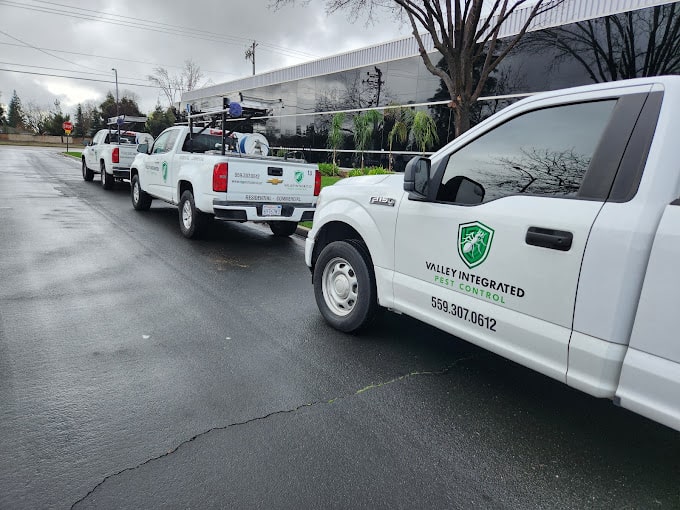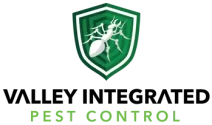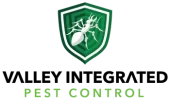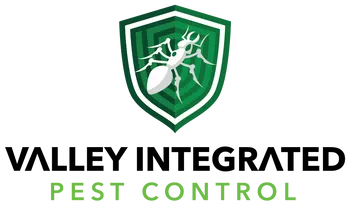Ants are persistent. You clean up, they return. You spray, they vanish only to reappear just tdays later. Breaking the cycle takes more than a quick fix. You need to understand how ants work and use a plan that tackles every stage of the ant colony and its lifecycle.
Here’s how you can stop the cycle and keep ants out for good.

Understanding the Ant Colony: Why They Keep Coming Back
Ants operate as one unit. The colony is a living system, not just a group of insects. At the heart of this amazing ecosystem is the queen. She’s the one responsible for laying eggs and keeping the population growing. Everything else revolves around her. Worker ants are tasked with finding food and water, following invisible scent trails to guide them.
When you see ants in your kitchen, you’re only seeing a small part of the problem. The real issue is hidden deep in walls, under floors, or outside.
If you only treat the ants you see, you won’t solve the problem. The queen and the rest of the colony will just keep on sending more and more workers because there’s still food for them to forage inside your home. That’s why ant problems seem to return, no matter how many you kill. Breaking the cycle means targeting the entire colony, not just the foragers.
The Ant Life Cycle: Where the Problem Starts
Ant colonies start small. A single queen finds a safe spot, lays eggs, and raises the first generation of workers. These workers then take over foraging and caring for new eggs. The colony grows, sometimes splitting into new nests. Some species have multiple queens, making the problem even harder to solve.
The cycle looks like this:
- Queen lays eggs.
- Eggs hatch into larvae.
- Larvae become pupae, then adult ants.
- Workers care for the colony and gather food.
- The queen keeps laying eggs, and the cycle repeats.
If the queen survives, so does the colony. That’s why most quick treatments don’t work long-term.
Inspection: Finding the Source
Breaking the cycle starts with finding out where the ants are coming from and what’s attracting them. Inspection is more than just looking for lines of ants. It means checking:
- Cracks and gaps in walls, windows, and doors
- Plumbing and utility entry points
- Food storage and garbage areas
- Moisture sources like leaks or damp wood
Look outside, too. Ants often nest under rocks, mulch, or near foundations. Some species build nests in trees or under pavement. Finding these spots is key. If you can’t locate the nest, you can’t break the cycle.
Removing What Attracts Ants
Ants come inside for food, water, and shelter. Cutting off these resources makes your home less inviting. Here’s what you can do:
- Store food in sealed containers
- Clean up crumbs and spills right away
- Take out trash regularly and keep bins clean
- Fix leaks and dry out damp areas
- Don’t leave pet food out overnight
These steps don’t eliminate ants by themselves, but they make your home less attractive. Combined with other methods, they help break the cycle.
Targeting the Colony: Baits and Treatments
To break the cycle, you need to target the colony itself. Professional pest control solutions use baits that ants carry back to the nest. The workers feed the bait to the queen and the rest of the colony. This approach works because it uses the ants’ own behavior against them.
Baits come in different forms, but placement is most important. Baits are placed near ant trails, entry points, and ant activity. Avoid spraying near baits, as this can make ants avoid them.
In some cases, dusts or sprays target hidden nests in walls or voids. These treatments reach places baits can’t. Professionals know how to choose the right product and apply it safely.
Ongoing Monitoring and Follow-Up
Breaking the ant cycle isn’t a one-time job. Ants are persistent. After the initial treatment, you need to watch for new activity. This means checking bait stations, looking for new trails, and inspecting for signs of return.
Regular follow-up treatments may be needed, especially for large or stubborn colonies. Professionals can adjust the plan based on what they find. Over time, this approach wipes out the colony and keeps new ants from moving in.
Why Professional Help Makes a Difference
Ants are tough. Some species have multiple queens or satellite nests. Others can survive harsh conditions and adapt quickly. Professionals know how to identify the species, find hidden nests, and use the right methods for each situation.
They also use products and techniques that aren’t available to the public. This means better results, fewer repeat problems, and a safer process for your home and family.
Long-Term Prevention: Keeping Ants Away
Once you’ve broken the cycle, you want to keep ants from coming back. Prevention is about staying alert and keeping up with good habits. This includes:
- Regular cleaning and food storage
- Sealing new cracks or gaps as they appear
- Fixing leaks and controlling moisture
- Keeping the yard tidy and free of debris
- Scheduling regular inspections
Ants are always looking for new places to nest. Staying proactive keeps your home off their list.
Conclusion
Breaking the colony cycle for good takes more than just killing the ants, you see. You need a plan that targets the entire colony, blocks entry points, removes what attracts them, and keeps up with prevention.
Professional pest extermination services make the process faster, safer, and more effective.
With the right steps, you can stop the cycle and keep ants out for good.






